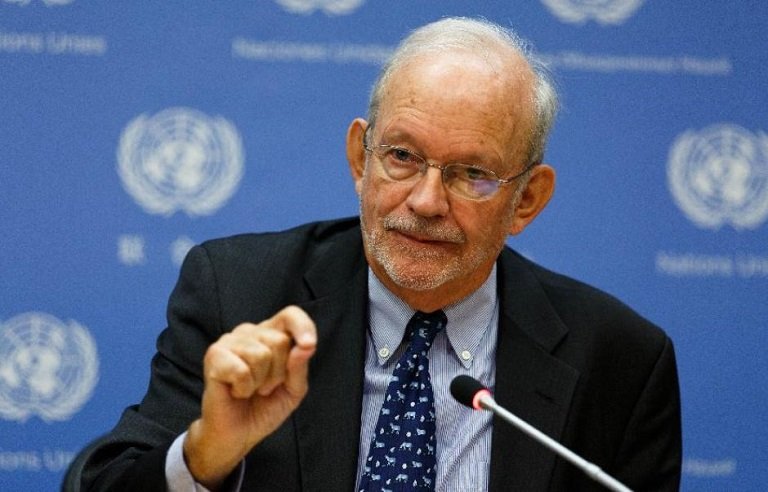
Almost 17 million babies across the world are breathing toxic air, which could be damaging the development of their brains, according to a report released by UNICEF on Wednesday.
There are 136 million children under the age of 1 globally, which means one in eight are being exposed to toxic air, the UN children’s fund said.
Satellite imagery analysed by UNICEF indicates that 12.2 million of these children live in South Asia.
The East Asia and Pacific region is home to some 4.3 million babies living in areas with pollution levels at least six times higher than international limits.
“Not only do pollutants harm babies’ developing lungs – they can permanently damage their developing brains – and, thus, their futures,” said UNICEF executive director Anthony Lake.
READ: 1,070 Nigerians die in road accidents – NBS
Lake called on countries exceeding international limits to step up efforts to reduce air pollution.
The UNICEF report notes that breathing in particulate air pollution can damage brain tissue and undermine cognitive development – which can set children back and have a lasting effect on their progress in life.
The paper urges parents to take steps to reduce children’s exposure to harmful chemicals, including from tobacco products and cooking stoves.
It also urged public authorities to invest in cleaner, renewable energy, and to make it feasible for children to travel at times of day when pollution is lower, as well as to make sure major sources of pollution are not located near schools, clinics or hospitals.
“No child should have to breathe dangerously polluted air – and no society can afford to ignore air pollution,” said Lake.











